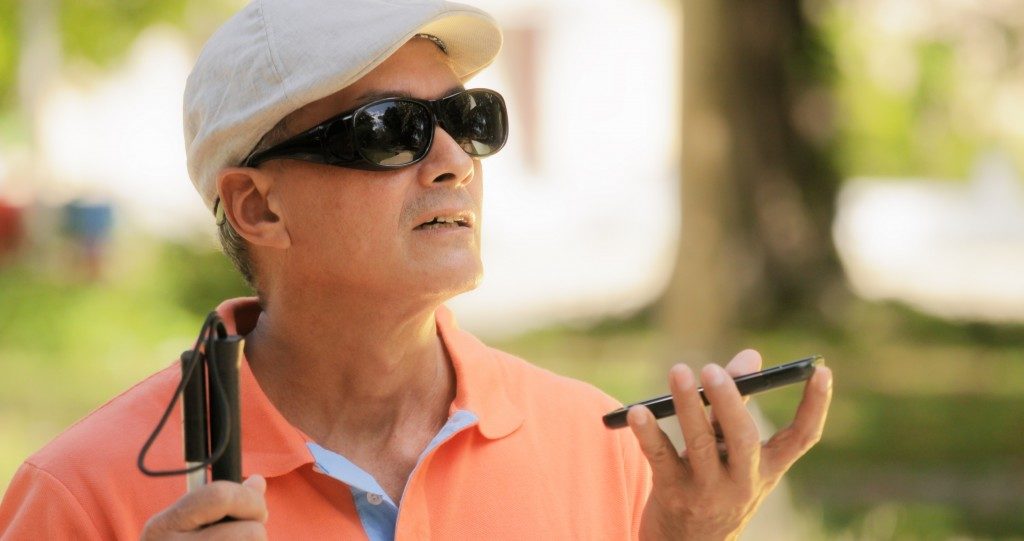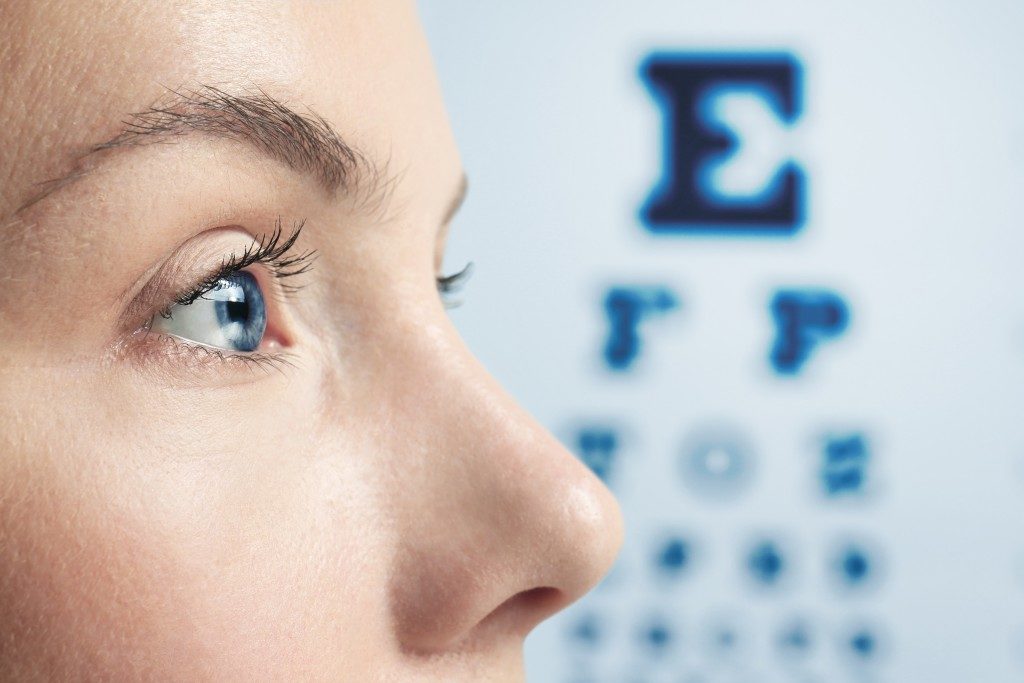About one-third of people who survive from stroke have vision loss. Although recovery is possible, most people who experience this never fully recover.
Proper training, home modifications, and the right equipment can help you get back to your healthy life. But where do you start?
Experiencing vision loss after having a stroke
Your vision depends on your eye’s ability to receive the information that your brain then tries to process. The optic nerves, which connects the eye to the brain, transfer visual data to your brain’s occipital cortex, allowing you to process the things that you see.
Experts say that most cases of stroke affect a portion of the patient’s brain. The nerves that attach your eyes to the brain may likewise be affected. So, if the right side of your brain gets damaged, eyesight on your left side may be negatively impacted. It’s quite rare for a stroke to affect both sides of a patient’s brain, but if it does, this often results in complete loss of vision.
Primary symptoms of vision loss
A person’s visual field is the entire area that one can see with his eyes when it’s fixed in one position. But there are times when hemianopia occurs. This is what happens when a patient loses half of his visual field for each eye. Once the patient starts to lose a portion of his visual field, he can no longer read sentences in full.
Aside from hemianopia, the National Institutes of Health also says that a patient may experience a reduction in visual acuity. Nystagmus, or involuntary movement of the eyeball resulting in wobbly or unfocused vision, will also become frequent. A patient can experience partial or complete recovery after a few months. But most patients often experience total blindness.
Visual impairment after stroke can profoundly reduce the quality of life that a person used to have. More importantly, it could cause patients to become socially isolated because of difficulty navigating their surroundings.
Managing and recovering from vision loss

Most patients who have blindness after having a stroke will no longer recover from it. Although a small chance of recovery is possible, this usually happens during the first few months of having a stroke.
Seeking help from doctors, orthoptists, and ophthalmologists can help you get the right information to manage your condition. Going to therapy can also help you get the proper training for your blindness. This also includes training sessions that will teach you a few effective scanning techniques to make use of your current level of vision.
There are also a couple of visual impairment aids that you can use to navigate your way. You can use prime lenses to shift images from the blind visual field to the seeing one. Meanwhile, if you have double vision, you can use a prism that you can place on glasses to join both images. You can also use an eye patch so you can block out one image.
Vision loss can affect your independence as well as your safety. That’s why it’s best to undergo some training to help you adjust. Buying aids, modifications, and equipment can help, too.

